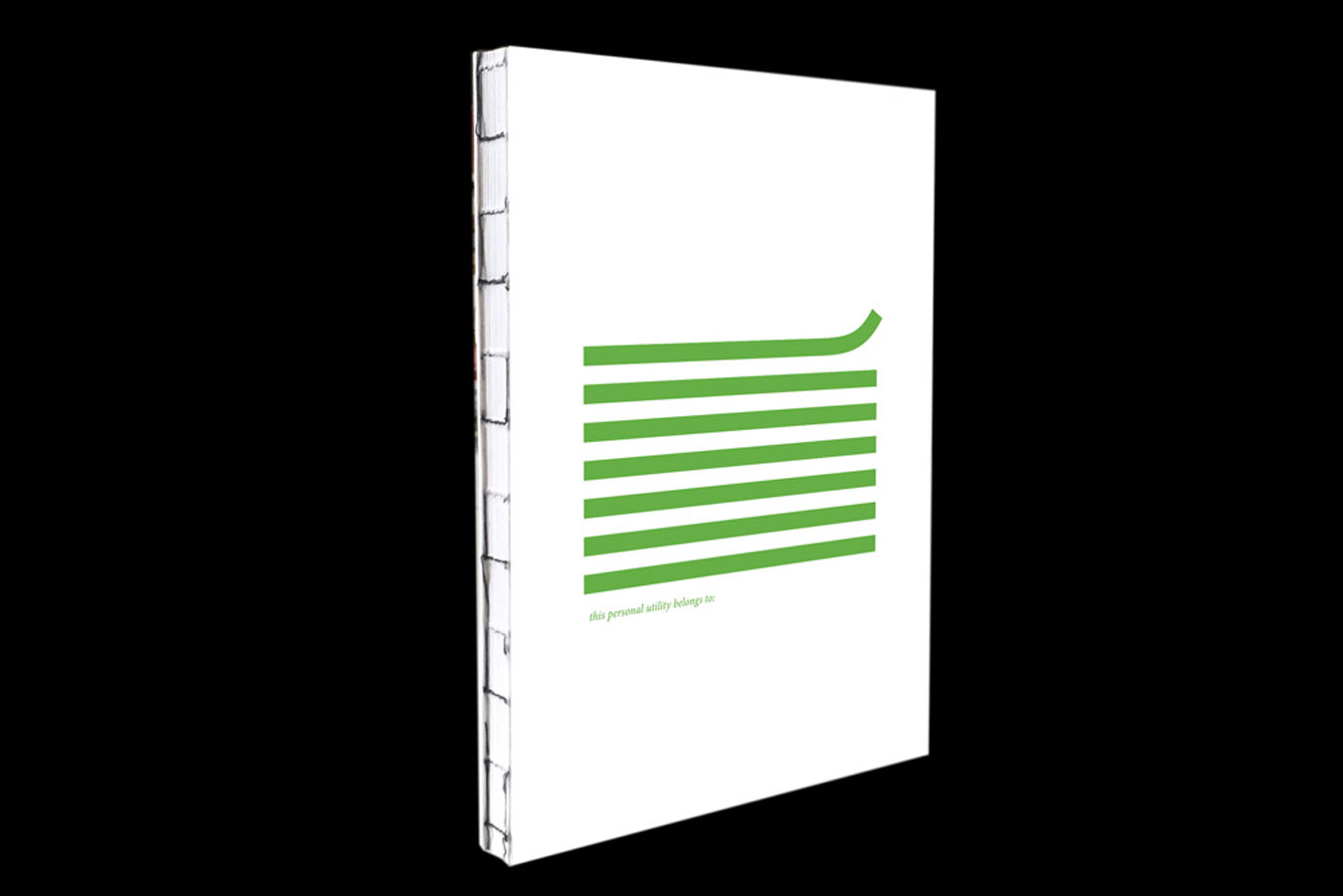 Paper
Paper

In cooperation with Kösel
Thread stitching…
is a sophisticated binding method used for high-quality publications. Two types of binding are possible: The folded sheets are either joined with threads or they are stitched together and the spine is glued. Furthermore, we differentiate between thread stitching and open thread stitching. If you apply open thread stitching, the thread remains visible.
How does thread stitching work?
The folded signatures are thread stitched with binding thread and finally joined into a book block. In the next step, the book is glued. Several binding methods are available, for example open thread stitching or stitching with multi-coloured threads.
Best possible uses of thread stitching?
This binding technique is used for art books, coffee-table books and chronicles. Traditional thread stitching is particularly suitable for standard papers and grammages above 115 g/m2, because they cannot be glued with dispersion adhesive.
What are the advantages and disadvantages of this technique?
In comparison to adhesive binding, the folding properties of a book with thread stitching are generally better. This binding method also produces very durable print objects. However, for lower page numbers, thread stitching is less suitable, because the effect of this relatively complex and costly binding method is not really visible.